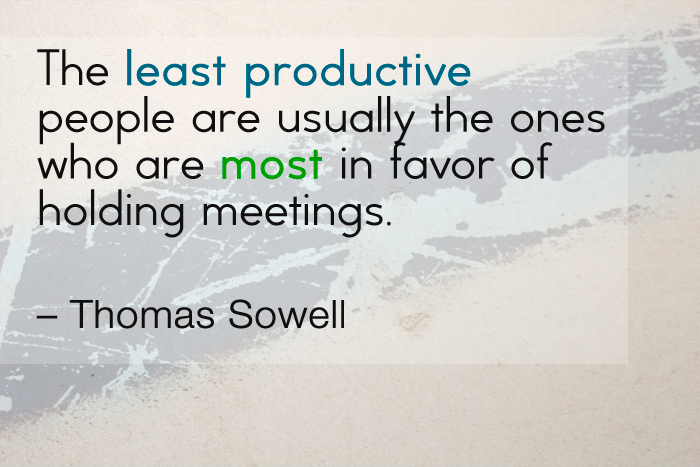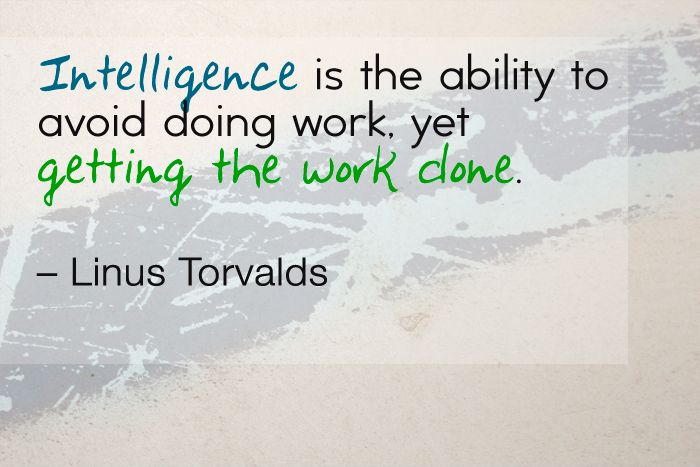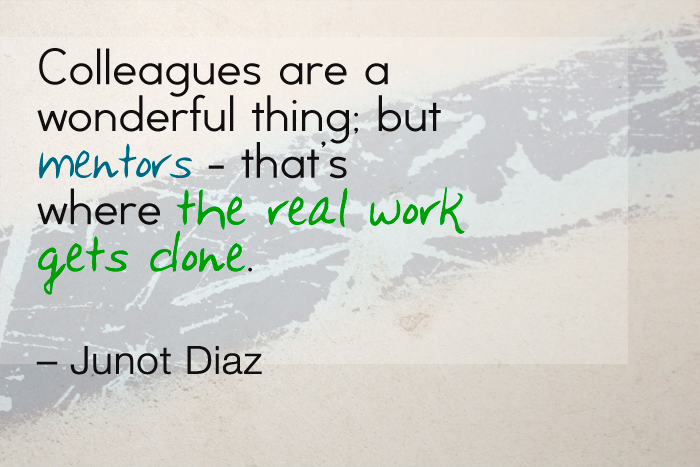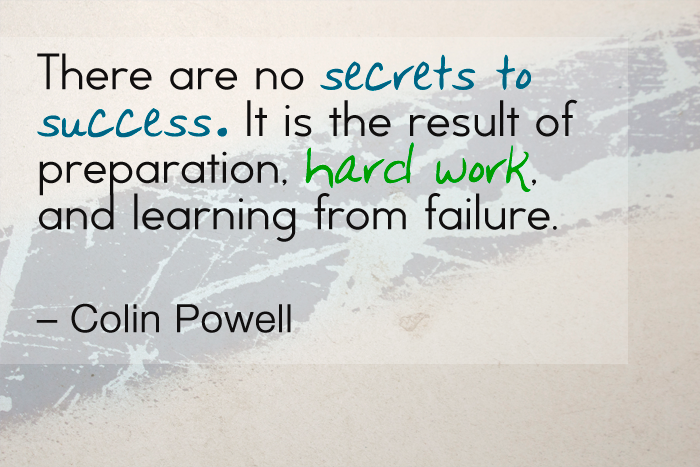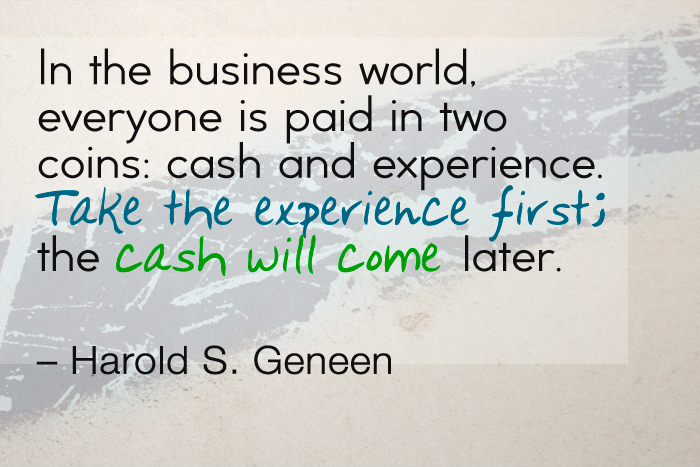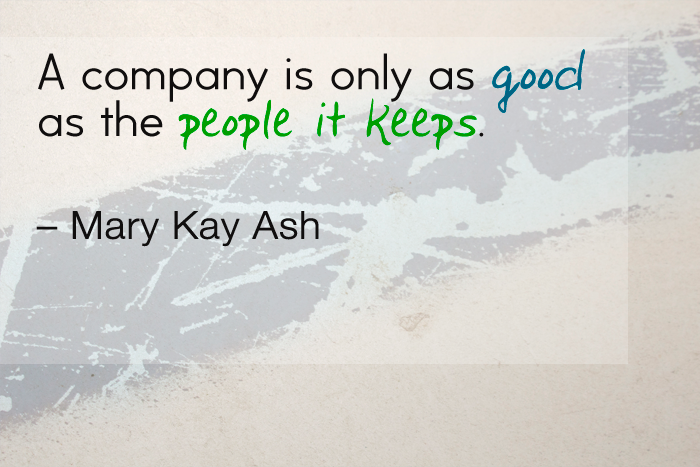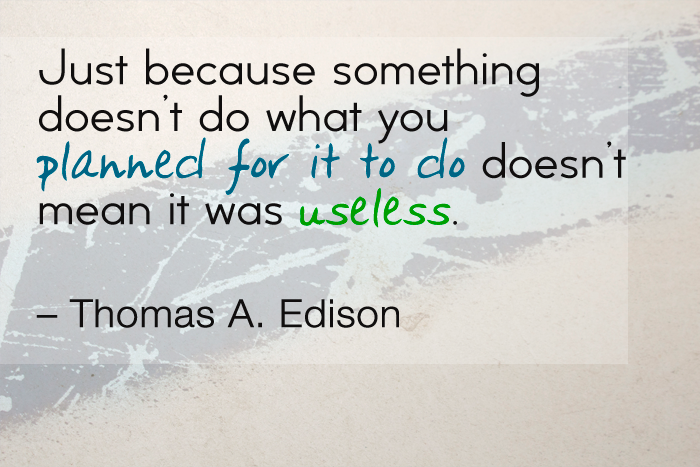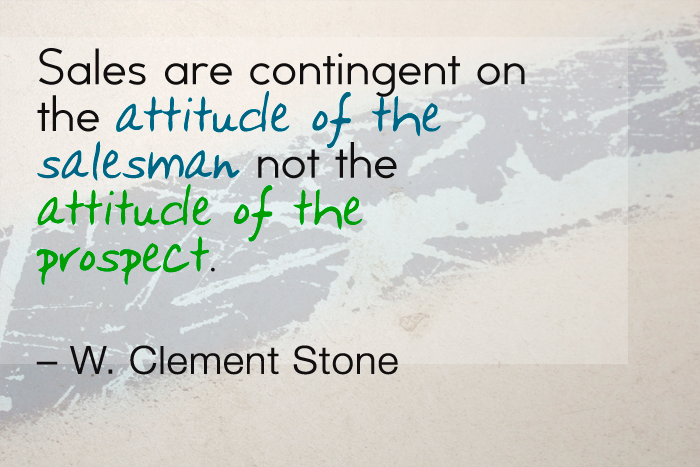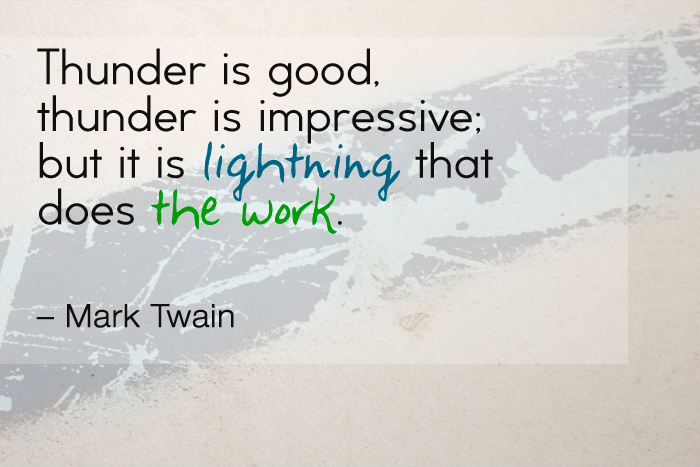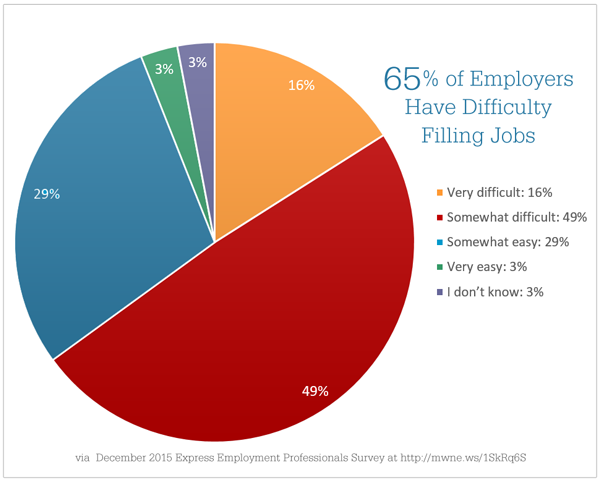Routines are great if they lead to more productivity and quality of work-life, but routines can also detract from your goals if they reduce efficiency or needlessly interrupt your time. Here are ten things that you can do at home to be more productive at work.
Be All That You Can Be – 10 Ways to Be More Productive at Work
Nine of out ten people admit that they have wasted time at work in one way or another, according to an infographic published by YAST (included below). While time spent on social networks and excessive socializing are among the culprits, nearly half of workers indicated that the biggest time waster in their workday was the need to attend too many meetings.
While human beings are not machines, and it would be impossible to make productive use out of every minute of every workday, there are things you can do to ensure that you get more out of your workplace. Whether you want to demonstrate your value in pursuit of a promotion or you simply need to make your business more profitable, understanding the flow of your work day can help you identify tasks that are eating into productivity or interrupting your focus – and preventing you from getting the most important things done.
If you are losing your first hour of the day to email, or finding that social media, socializing or scheduling tasks are keeping you from being the superstar you want to be on the job, try doing one or more of these ten things from home so you can get more done at work.
10 Ways Doing More at Home Makes You More Productive at Work
Evaluate your email
Scroll through email before going in to work. Respond to anything that is critical or acknowledge emails that will be responded to later. Make a short list of those items that need to be dealt with as soon as you arrive at the office. Knowing that your email has already been evaluated, hold off on checking your inbox until later in the morning (or even after lunch), focusing instead on working productively to complete mission-critical projects.
Find your First Five
List the first five things that you will do after getting to work, then discipline yourself to do nothing else before those five things have been completed. Obviously emergencies or unexpected problems may derail your plans, but knowing how you will hit the ground running instead of trying to piece a plan together after you get to work will help you get more out of your first few hours on the job.
Plan for Physical Needs
Reclaim the minutes – or hours – spent wondering what’s for lunch by preparing healthy, energy-improving snacks and a lunch ahead of time. If you do plan to order out, try creating a week-long menu you can follow instead of spending time each day trying to figure out what sounds good.
Summarize a Successful Day
As you think about the work day to come, determine what one (two or three, etc.) most impactful things you can do that would make the day successful in your eyes, regardless of what else gets done.
Track the Day’s Traffic
A few seconds spent checking the day’s traffic could mean minutes – or even hours – that you don’t spend on the road. Make checking your route to work online a habit before you walk out the door each morning, and predetermine a few alternative routes that you can take if your first choice is jammed up.
Plan for Personal Needs
To be more productive, you need to eliminate distractions. Is it time for an oil change? Do you need to pick up kids, dry cleaning or groceries after work? Before you leave for work in the morning, list out the personal tasks that you also need to accomplish and decide when you will get those done in light of your work day needs.
Scan the News Sites
Phone alerts and social media status updates about industry happenings, current events, celebrities and other items of interest can all create interruptions. Before you go to work, hit up a few news sites online so that there will be fewer surprises during the day.
Screen Social Network Feeds
Social networks can be valuable tools in helping to build business, but they can also become a black hole when it comes to lost productivity. Just as with email, scroll through your social media feeds before leaving for the office and avoid visiting these sites again until later in the day.
Add to Your Energy and Enthusiasm
From a first cup of coffee or protein-packed breakfast to an hour of exercise, coming into the day with more energy will help you be more productive on the job and feel happier, too.
Schedule reminders
Perhaps even more so than a to-do list, setting up reminders and alerts that pop up during the day can help to keep you on track when it comes to regaining your focus or finishing time-sensitive tasks.
Infographic: Biggest Work Place Time Wasters via Yast


 Do a Google search for lost business productivity and you’ll find a slew of articles on the cost to business in lost productivity due to insomnia, social media, surfing and even the demands of managing one’s fantasy football team. It will make you wonder how American workers ever get anything done at all (ha ha).
Do a Google search for lost business productivity and you’ll find a slew of articles on the cost to business in lost productivity due to insomnia, social media, surfing and even the demands of managing one’s fantasy football team. It will make you wonder how American workers ever get anything done at all (ha ha).